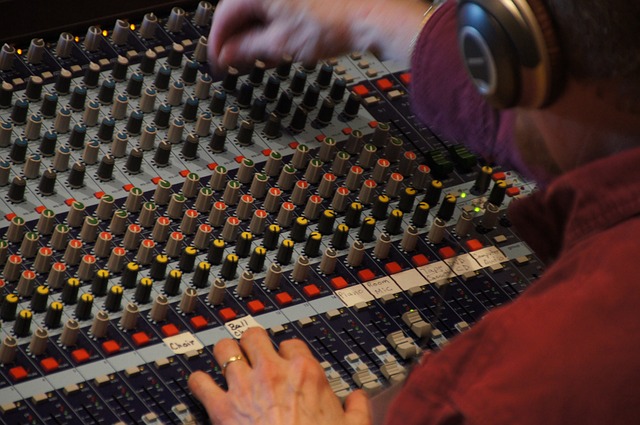Real estate development is increasingly prioritizing walkability in urban landscapes, leveraging its benefits for sustainability, social connections, and economic vitality. Developers create mixed-use areas with green spaces and efficient infrastructure, attracting residents and businesses alike. Examples like Amsterdam's Jordaan district and Portland's Riverfront Park show how pedestrian-friendly design fosters vibrant communities, promotes active lifestyles, and enhances local economies, making walkable real estate a key factor for modern living.
In today’s evolving landscape, real estate development that promotes walkability and fosters strong community engagement is a game-changer. This article delves into how creating walkable neighborhoods enhances resident well-being, property values, and social connections. We explore successful real estate projects that prioritize walkability, uncover the impact on community health, and present strategies for professionals to maximize these synergies. Discover how these approaches revolutionize the industry, fostering vibrant, sustainable communities where residents thrive and connect.
The Role of Walkability in Real Estate Development

In today’s evolving urban landscape, real estate development is increasingly incorporating walkability as a key feature. This shift is driven by a growing awareness of the numerous benefits that pedestrian-friendly environments offer both residents and the broader community. Walkable neighborhoods foster social connections, encourage physical activity, and reduce reliance on private vehicles, contributing to environmental sustainability.
Real estate developers are recognizing the value of designing properties with walkability at their core. This involves strategic planning that integrates mixed-use developments, green spaces, and efficient infrastructure. Such approaches not only enhance the livability of a given area but also drive economic vitality by attracting businesses and creating vibrant social hubs. In turn, these walkable communities become highly desirable for residents, further boosting real estate values and fostering a strong community engagement synergy.
– Defining walkability and its benefits for residents

Walkability, in the context of real estate, refers to a neighborhood’s ease of navigation on foot. It encompasses the accessibility of daily amenities, services, and destinations within a comfortable walking distance from home. In today’s digital era, where remote work has become increasingly common, walkability offers residents numerous benefits that enhance their quality of life.
For starters, it encourages an active lifestyle as individuals are more inclined to walk for short distances rather than relying solely on cars. This can lead to better physical health and mental well-being. Moreover, walkable neighborhoods foster a sense of community engagement synergy. Residents are more likely to interact with their neighbors, creating stronger social connections and a vibrant neighborhood atmosphere. This community spirit can further encourage local businesses’ growth, as people are inclined to support nearby shops and services, contributing to a thriving local economy.
– Examples of successful walkable real estate projects

Successful walkable real estate projects are transforming urban landscapes, fostering vibrant communities where residents can thrive without relying heavily on cars. Examples include Amsterdam’s Jordaan district, known for its narrow cobblestone streets, charming canals, and easy accessibility to local shops, cafes, and cultural attractions. This densely populated area exemplifies how compact, pedestrian-friendly design can create a thriving social hub.
Another notable example is the Riverfront Park development in Portland, Oregon. By integrating green spaces, public art, and a continuous network of sidewalks and bike paths along the Willamette River, this project has fostered a strong sense of community, encouraged active lifestyles, and increased property values while reducing traffic congestion. These real estate gems demonstrate that prioritizing walkability doesn’t just enhance quality of life—it drives economic vitality and creates lasting value.






